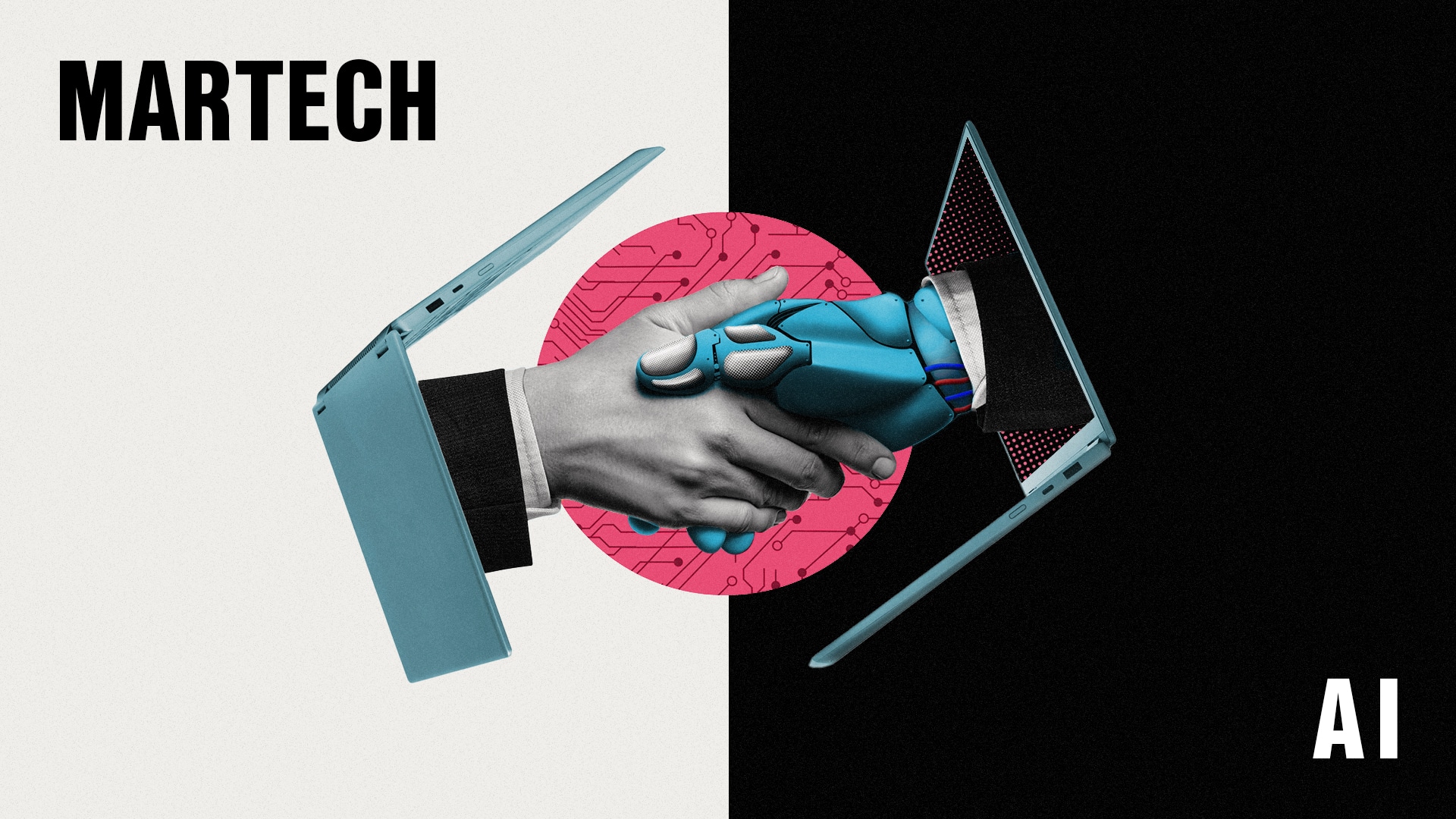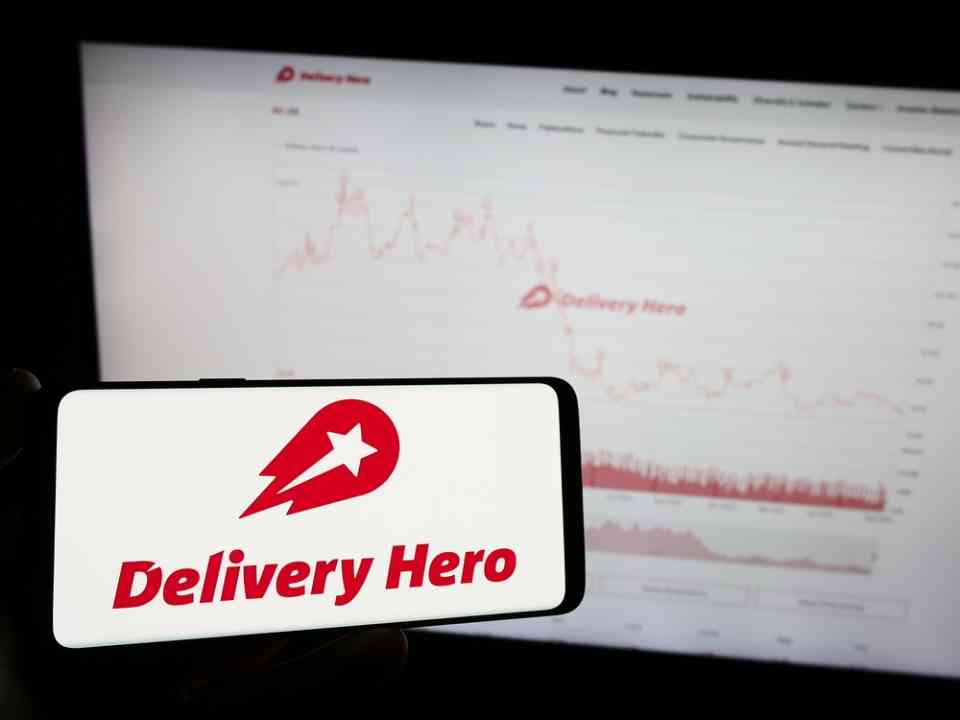
The Risks and Challenges of Social Media for IT Security
Social media has become an integral part of our lives, connecting us with friends, family, colleagues, and even strangers from all over the world. We use social media platforms to share our thoughts, opinions, experiences, photos, videos and more. But while social media offers many benefits, it also poses significant risks and challenges for IT security.
What are the risks of social media for IT security?
One of the main risks of social media for IT security is the exposure of personal and sensitive information. Social media users often reveal a lot of information about themselves, such as their name, age, location, occupation, hobbies, interests, preferences, opinions, etc. This information can be used by cybercriminals to launch phishing, identity theft, fraud, blackmail, harassment, and other malicious attacks.
Another risk of social media for IT security is the spread of malware, viruses, worms, ransomware, and other harmful software. Social media platforms are often used as vectors to distribute malicious links, attachments, messages, and posts that can infect the devices and networks of unsuspecting users. This malware can compromise the security, performance, and functionality of the devices and networks, as well as steal, delete, or encrypt the data stored on them.
A third risk of social media for IT security is the manipulation of public opinion, sentiment, and behavior. Social media platforms are often used as tools to influence, persuade, deceive, and misinform users about various topics, such as politics, religion, health, environment, etc. These manipulations can be done by individuals, groups, organizations, or even foreign entities that have ulterior motives or agendas. These manipulations can affect the users’ decisions, actions, beliefs, and values, as well as cause social unrest, conflict, and violence.
What are the challenges of social media for IT security?
One of the main challenges of social media for IT security is the complexity and diversity of the social media ecosystem. The social media ecosystem consists of various elements, such as social organization, content media, and stakeholders, as well as their comprehensiveness, diversity, and intelligence. As Zhiyong Zhang, a researcher in the field of social media, wrote: “The social media ecosystem focuses on social organization, content media, and stakeholders, as well as their comprehensiveness, diversity, and intelligence.”
This complexity and diversity make it difficult for IT security professionals to monitor, analyze, protect, and respond to the various threats and incidents that occur on social media platforms. It also makes it challenging for IT security professionals to keep up with the rapid changes and innovations that take place in the social media ecosystem, such as new features, functionalities, algorithms, policies, regulations, etc.
Another challenge of social media for IT security is the lack of awareness and education among social media users. Many social media users are unaware of the risks and challenges that social media poses for IT security, as well as the best practices and measures that they should follow to protect themselves and their data. Many social media users also have a false sense of security and privacy, believing that their social media accounts and activities are safe and secure, or that they have nothing to hide or lose.
A third challenge of social media for IT security is the trade-off between security and usability. Social media platforms are designed to be user-friendly, convenient, engaging, and entertaining. They aim to provide the users with a positive and satisfying user experience, as well as to increase their user base, retention, and revenue. However, these goals often conflict with the goals of IT security, which are to ensure the security, privacy, integrity, and availability of the data and systems. Therefore, IT security professionals have to balance the security and usability of social media platforms, without compromising either of them.
How can we address the risks and challenges of social media for IT security?
There is no simple or easy solution to address the risks and challenges of social media for IT security. It requires a collaborative and comprehensive approach that involves various stakeholders, such as social media platforms, IT security professionals, governments, regulators, researchers, educators, and users.
Some of the possible ways to address the risks and challenges of social media for IT security are:
- Developing and implementing robust and resilient IT security policies, standards, procedures, and systems that can prevent, detect, and respond to the various threats and incidents that occur on social media platforms.
- Enhancing and updating the IT security skills, knowledge, and capabilities of the IT security professionals, as well as providing them with the necessary tools and resources to cope with the complexity and diversity of the social media ecosystem.
- Raising and improving the IT security awareness and education of social media users, as well as encouraging them to adopt the best practices and measures to protect themselves and their data on social media platforms.
- Establishing and enforcing clear and consistent IT security rules, regulations, and guidelines for the social media platforms, as well as holding them accountable and responsible for the security, privacy, and integrity of the data and systems that they manage and operate.
- Conducting and supporting IT security research and innovation that can address the current and emerging IT security challenges and opportunities that social media presents.
Conclusion
Social media is a powerful and influential phenomenon that has transformed the way we communicate, interact, and relate with each other. However, social media also poses significant risks and challenges for IT security, such as the exposure of personal and sensitive information, the spread of malware, and the manipulation of public opinion. Therefore, we need to be aware, vigilant, and proactive in addressing these risks and challenges, as well as in leveraging the benefits and opportunities that social media offers.
As Paulina Arredondo, the marketing manager of Global Triangles, a leading IT security company, said: “Social media is a double-edged sword for IT security. It can be a great asset or a great liability, depending on how we use it and how we secure it. We need to be smart and responsible when it comes to social media, both as users and as IT security professionals.”























































![Online Shopping Reached New Highs in 2024 [Infographic] Online Shopping Reached New Highs in 2024 [Infographic]](https://imgproxy.divecdn.com/kCw9rTPPHoCqXkkL4Bt8p7eohxOuRs6iXsDK03Fxr_8/g:ce/rs:fit:770:435/Z3M6Ly9kaXZlc2l0ZS1zdG9yYWdlL2RpdmVpbWFnZS9vbmxpbmVfc2hvcHBpbmdfc3VyZ2UyLnBuZw==.webp)

![What App Features Are People Willing to Pay For? [Infographic] What App Features Are People Willing to Pay For? [Infographic]](https://imgproxy.divecdn.com/mHJQ6ffz2lGDUuF649StZz5xtI56ORDL5z-Cjs9ZUw8/g:ce/rs:fit:770:435/Z3M6Ly9kaXZlc2l0ZS1zdG9yYWdlL2RpdmVpbWFnZS9hcHBzX3RoYXRfcGVvcGxlX3BheV9mb3JfMi5wbmc=.webp)










